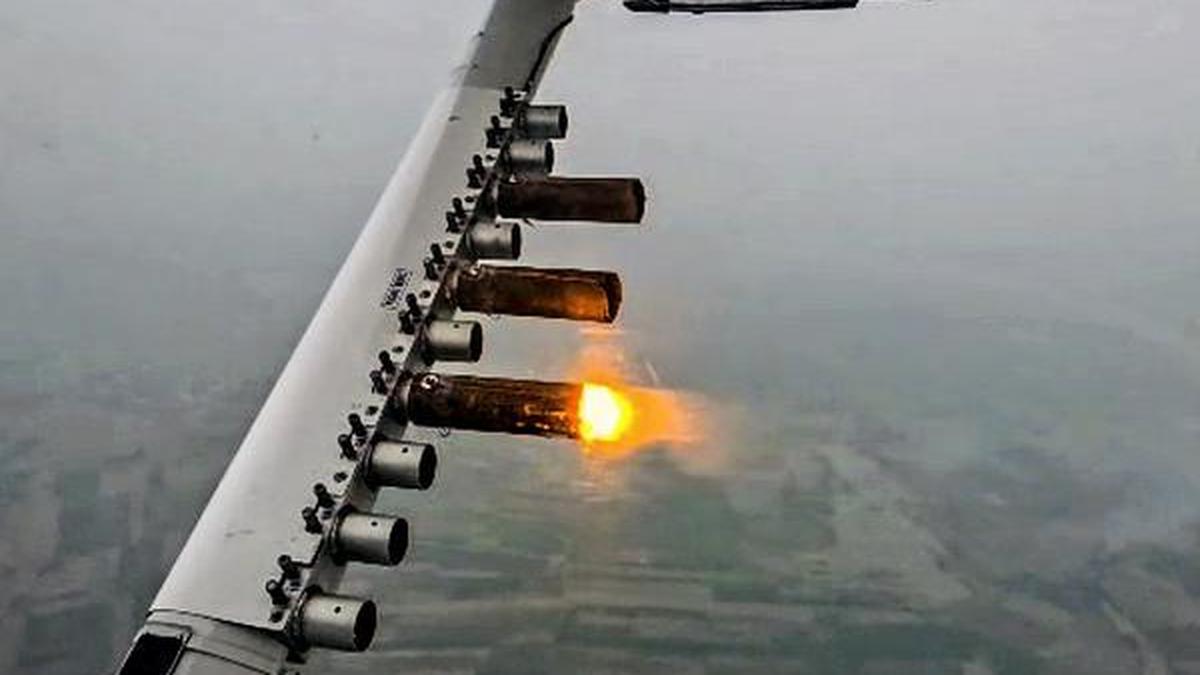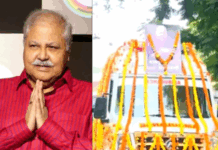Artificial Rain in Delhi? Here’s Why the City’s Experiment Didn’t Work:
In Lagaan, the climactic rain symbolised victory — a downpour of hope after years of drought and struggle. On Tuesday, many in Delhi hoped for something similar — that the city’s skies would finally open up after the much-hyped cloud seeding experiment, washing away the thick layer of pollution that has choked the capital for weeks.
But unlike the film, Delhi’s ending didn’t come with a dramatic twist. Not a single drop fell. The toxic haze lingered, and the city’s air quality remained as grim as ever.

Delhi’s Cloud Seeding Experiment
Over the years, successive governments have floated the idea of artificial rain to combat Delhi’s recurring air pollution crisis, particularly during winter when cold temperatures and stagnant winds trap pollutants close to the ground.
Artificial rain — induced through cloud seeding — can help temporarily clean the air by washing out particulate matter. But time and again, bureaucratic hurdles, poor coordination, and unfavourable weather have rained on the plan itself.
This winter, under the new BJP-led Delhi government, the initiative was revived with renewed urgency. Partnering with IIT Kanpur, the government launched five planned cloud-seeding trials between October and December, at a cost exceeding ₹3 crore.

On Tuesday, an aircraft from IIT Kanpur flew nearly 400 kilometres to Delhi and released silver iodide particles over Burari, Mayur Vihar, and Karol Bagh, hoping to trigger showers. The experiment was repeated a few hours later — but both rounds failed to deliver rain.
The Science Behind the Seeding
Cloud seeding is based on a simple scientific principle: silver iodide has a structure similar to ice. When released into moisture-laden clouds, these particles act as “seeds,” encouraging water droplets to form and eventually fall as rain.
However, the success of this method depends entirely on meteorological conditions — specifically, the presence of rain-bearing clouds with sufficient moisture. Without them, the process simply doesn’t work.
Why Delhi Saw No Rain
Despite overcast skies on Tuesday, the clouds over Delhi weren’t right for rain. According to experts, the moisture content in the clouds was only 10–15%, far below the 50–60% humidity required for effective cloud seeding.
“The moisture content remained too low, which is not an ideal condition for cloud seeding,” an IIT Kanpur report noted.
Meteorologists explained that while the India Meteorological Department (IMD) had forecast “very light rain or drizzle,” the actual atmospheric conditions were too dry to support precipitation.

Dr. Akshay Deoras, research scientist at the University of Reading, UK, explained:
“Just because there are clouds doesn’t mean they’re suitable. In winter, cloud seeding should ideally be done only when rain-bearing clouds appear — typically during western disturbances.”
In short, the attempt was scientifically ambitious but meteorologically doomed.
A Pattern of Missed Opportunities
This isn’t Delhi’s first tryst with artificial rain — and likely not its last. Mumbai attempted a similar experiment back in 2009, which also failed. Another Delhi proposal in 2023 never materialised due to bureaucratic delays.
Experts say the technology works best in humid, monsoon-like conditions, not in dry winters where pollutants cling stubbornly to stagnant air.
For now, Delhi’s grand plan to wash away its pollution problem with a man-made monsoon has fizzled out — leaving its skies grey, its air heavy, and its citizens still waiting for a breath of clean air.














